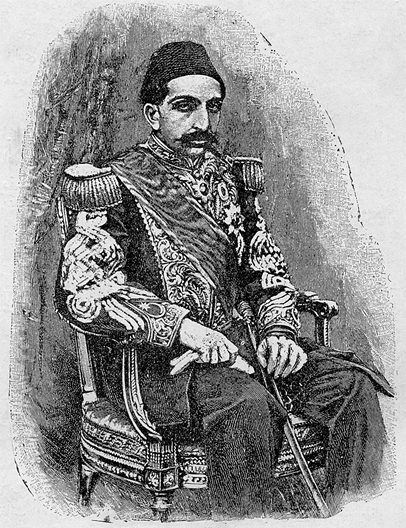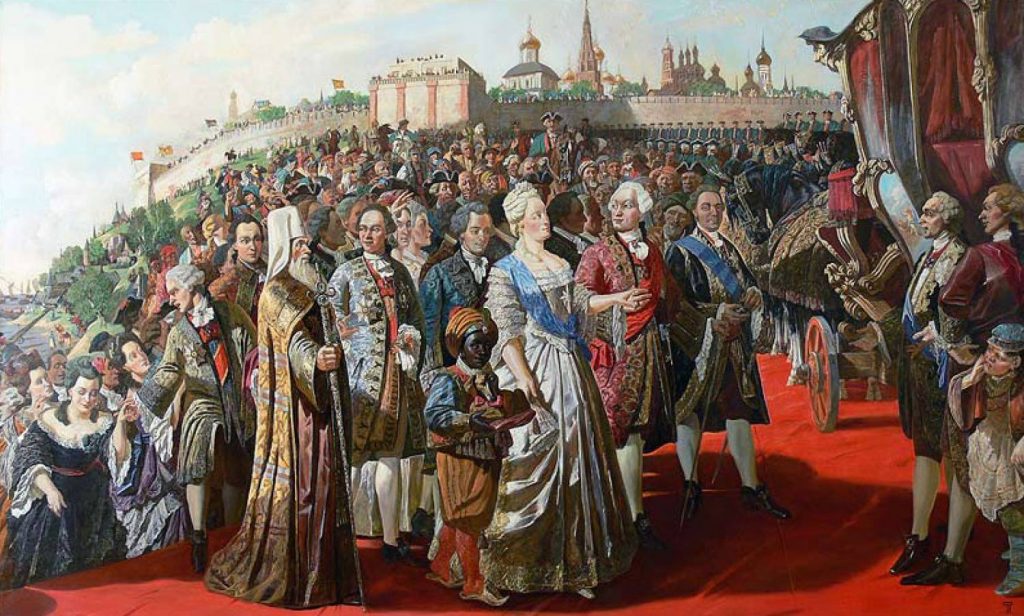History of Islam

Other publications
All publications
Turkish Accounts of Festival Prayers in St. Petersburg, 1890–1891
Muslim Tatars through the Eyes of Late 19th-Century Ottoman Officials

August 23
Mosques of the Old Tatar settlement (Starotatarskaya Sloboda)
Among the historical and architectural sights of the Old Tatar settlement there is a monument that has evoked a special feeling among Muslims for two centuries now - a sense of reverence. This is one of the two oldest and the first stone mosques in the city, built after the conquest of the Kazan Khanate, now known under the name of the outstanding religious figure Shigabutdin Mardjani.

